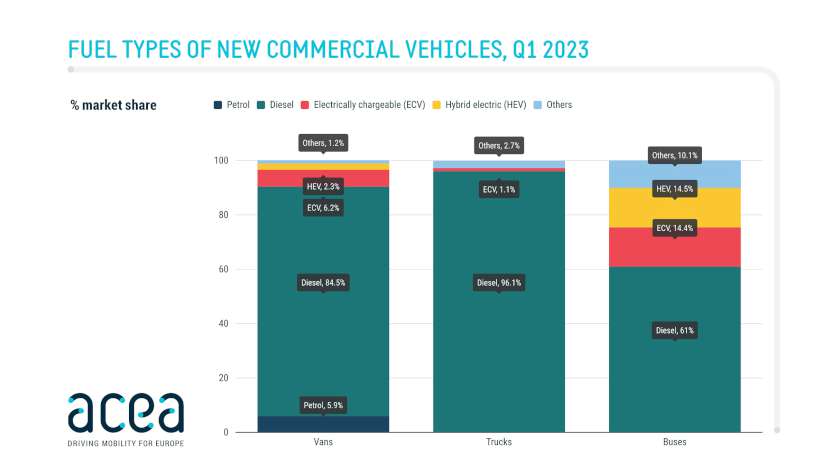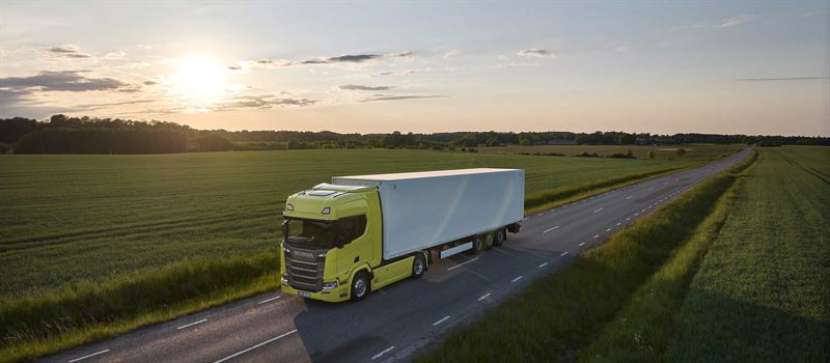In Scania’s latest interim report, all news was good for the business in the second quarter of this year; sales were up 36%, margin was up to 13.6%, deliveries were up 18%, order intake was up by 9% and the service business was up 13%.
At face value, the fact that zero emission truck sales have increased by 9% is also good news. However, looking at the real numbers, we can see how few electric trucks are actually being sold across the world. Out of a total delivery of 23,824 Scania vehicles in the second quarter of this year, just 71 were zero emission.
That’s less than 0.3 of one percent.
This is not necessarily a reflection on Scania’s electric product range, more the lack of overall sales of electric trucks.
Earlier this year, Volvo claimed that they were the leaders with 32% of the market in Europe. According to statistics from the European Automobile Manufacturers’ Association (ACEA), in Q1 this year, at jut 939 registrations of ‘electrically rechargeable trucks’ this represented just 1.1% of the total, (compared to 14.4% for the bus market).
So, registrations or electrically powered trucks are going in the right direction, but there is still a long way to go before we see them overtake sales of traditional diesel-powered trucks.
Will the early leaders in battery electric truck sales change the shape of the market in the medium term?
Will some of the new players such as Volta make an impact in the market?
Will Tesla finally pull something out of the bag?

There are certainly more questions than answers, but what is certain is that the next five to ten years will be an exciting time in the transport industry.

